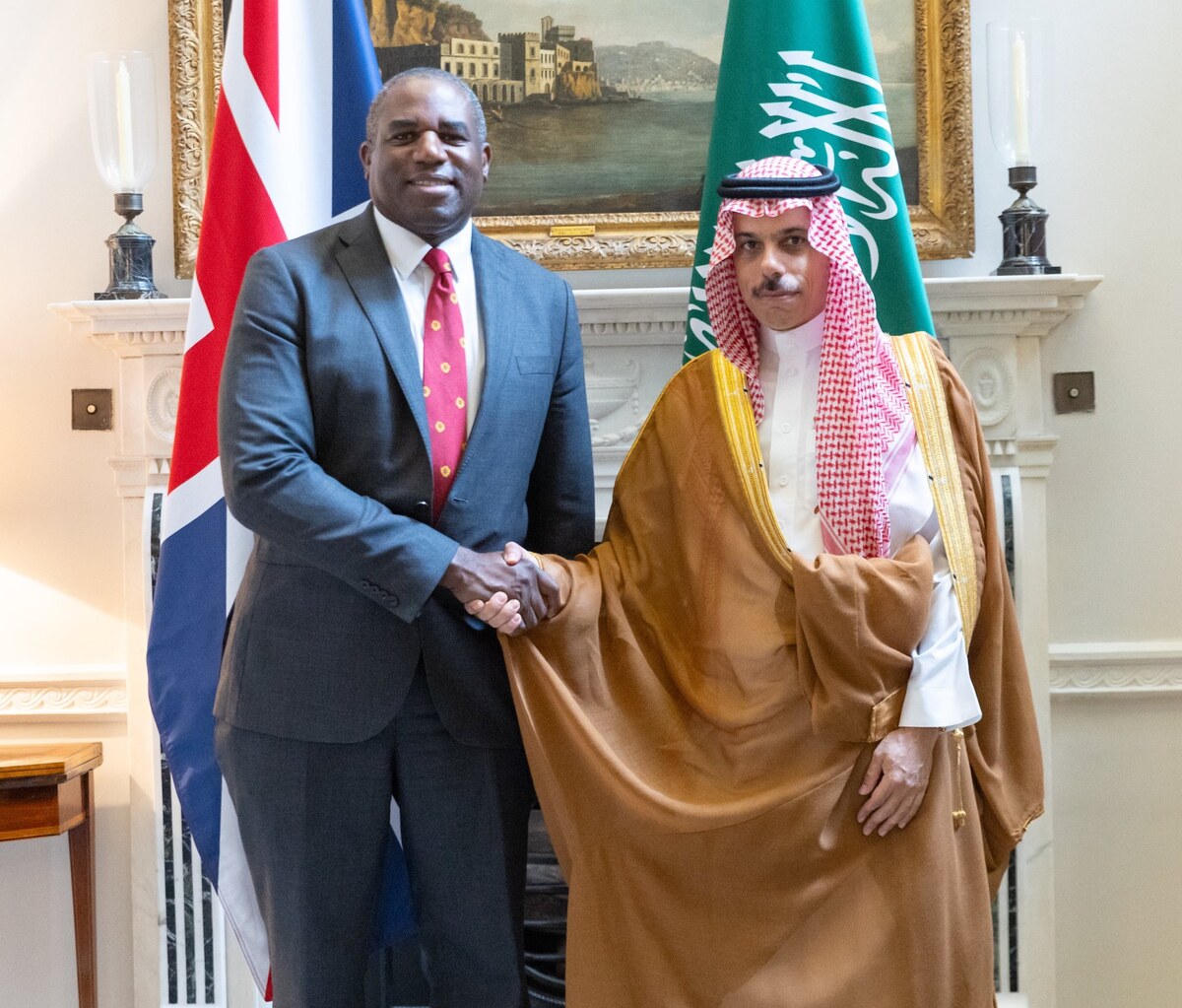RIYADH: Saudi Arabia’s Ministry of Environment, Water and Agriculture launched Saudi Environment Week on Sunday, themed “Our Environment is a Treasure,” to showcase the Kingdom’s efforts in ecosystem protection and sustainable development.
A highlight was the debut of the National Environmental Performance Index, a strategic tool to monitor environmental progress and guide policy.
The event, inaugurated by Minister Abdulrahman Al-Fadhli in Riyadh, brings together government agencies, businesses, nonprofits, and local communities to promote eco-friendly practices and collective responsibility.
Minister of State for Foreign Affairs and Climate Envoy Adel Al-Jubeir also attended, with the event featuring environmental presentations, agreement signings, and children’s performances to encourage positive environmental behavior.
Activities include nationwide exhibitions, workshops on biodiversity and renewable energy, and forums for green innovations.
The new index, which Al-Fadhli described as essential for informed decision-making, will track environmental metrics like air quality, water conservation, and biodiversity.
It aims to align national development with ecological priorities, reinforcing Saudi Arabia’s commitment to sustainable growth.
Al-Fadhli stressed the Kingdom’s leadership in sustainability, prioritizing natural resource protection and societal responsibility. He said that the index ensures accountability and progress as the country builds a greener future.
Al-Fadhli toured the exhibition, featuring sections on vegetation cover, desertification control, biodiversity, waste management, meteorology, and environmental compliance.
The exhibition also includes workshops highlighting Saudi Arabia’s role in fostering environmental cooperation, raising awareness, encouraging private sector investments in sustainable projects, and advancing technology.
The ministry emphasized that the newly introduced index serves as a nationwide monitoring tool, developed in collaboration with the UN Environment Programme.
It is designed to align with government bodies, environmental organizations, and national centers, ensuring cohesion with Saudi Arabia’s ecological priorities.
Key goals include evaluating environmental health, identifying change drivers, and establishing an early detection system for sustainability challenges and progress.
By tracking progress toward environmental targets, the ministry noted that the index identifies gaps for urgent action, enabling data-driven policy adjustments.
Phase 1 focuses on five core areas linked to the National Environment Strategy and Saudi Vision 2030: wildlife conservation, green space expansion, waste management efficiency, pollution levels in air, soil, and water, and weather forecasting accuracy.
Phase 2 will address emerging priorities, such as climate change metrics, reflecting their importance in long-term environmental planning.
The ministry stressed that the index will provide policymakers with actionable insights, driving improvements in ecological resilience, public health, and quality of life for Saudi citizens.
The National Fisheries Development Center has joined the celebrations of Saudi Environment Week.
Riyadh Al-Fageeh, director general of the center, said: “Our participation highlights the importance of preserving the environment, raising awareness, and strengthening quality of life goals. We aim to emphasize the role of institutions and individuals in maintaining ecological balance, aligned with Vision 2030.”
He added: “Saudi Environment Week reaffirms the Kingdom’s commitment to protecting natural resources and leading regional efforts in sustainability. We encourage all citizens and residents to actively participate and contribute to a cleaner, greener future.”




























